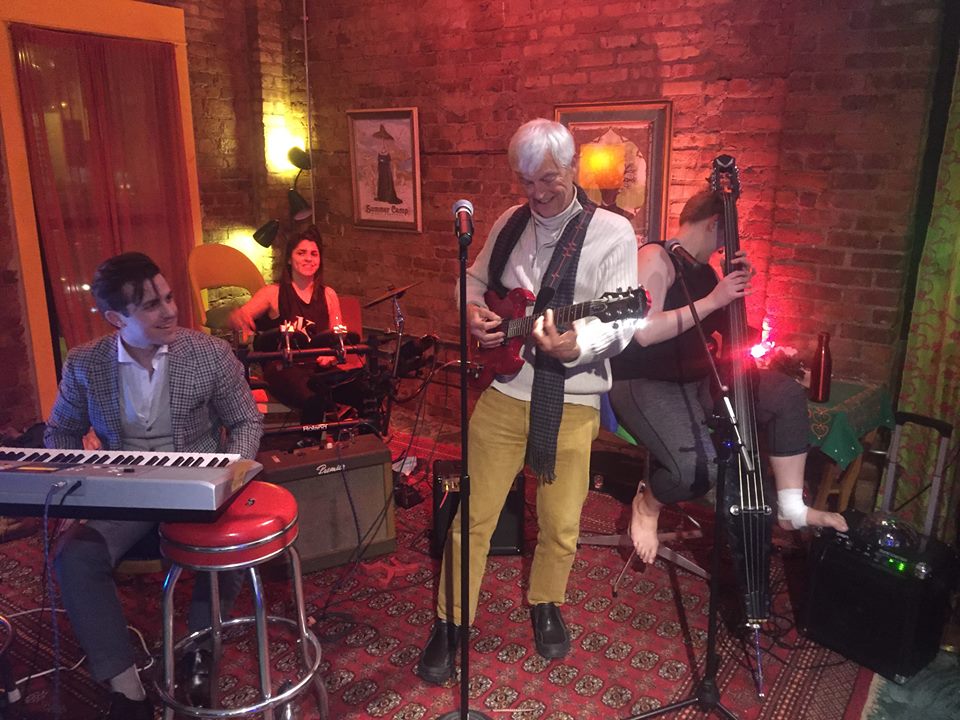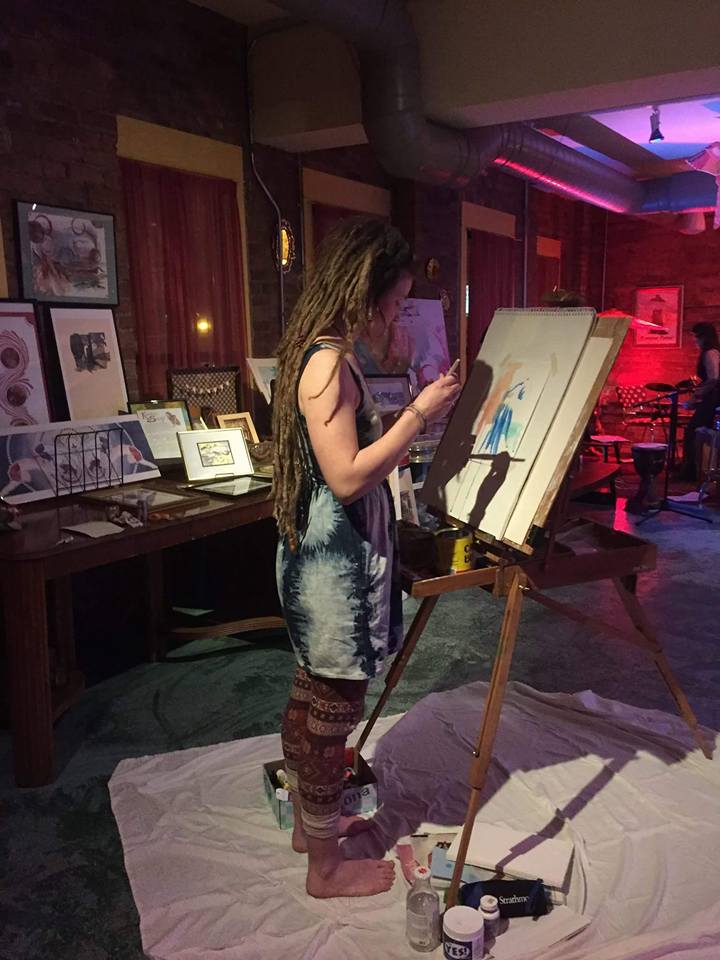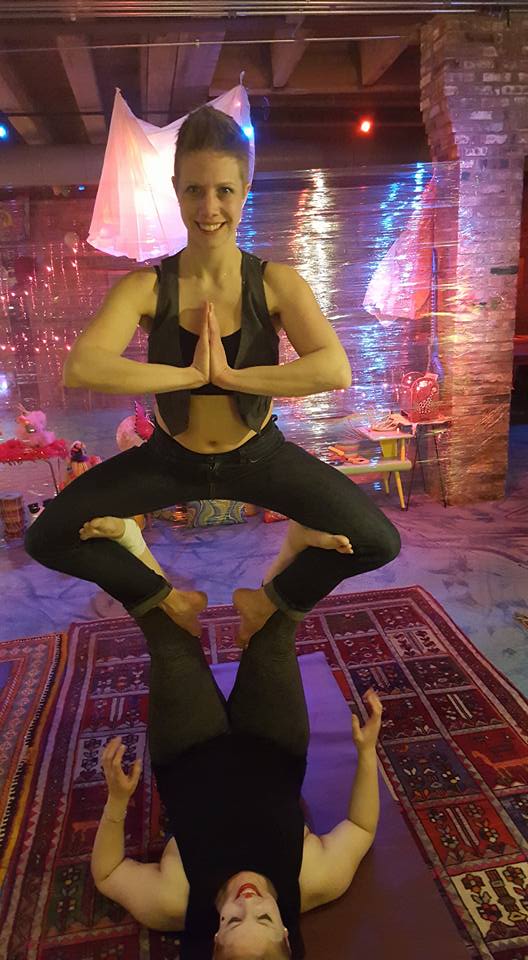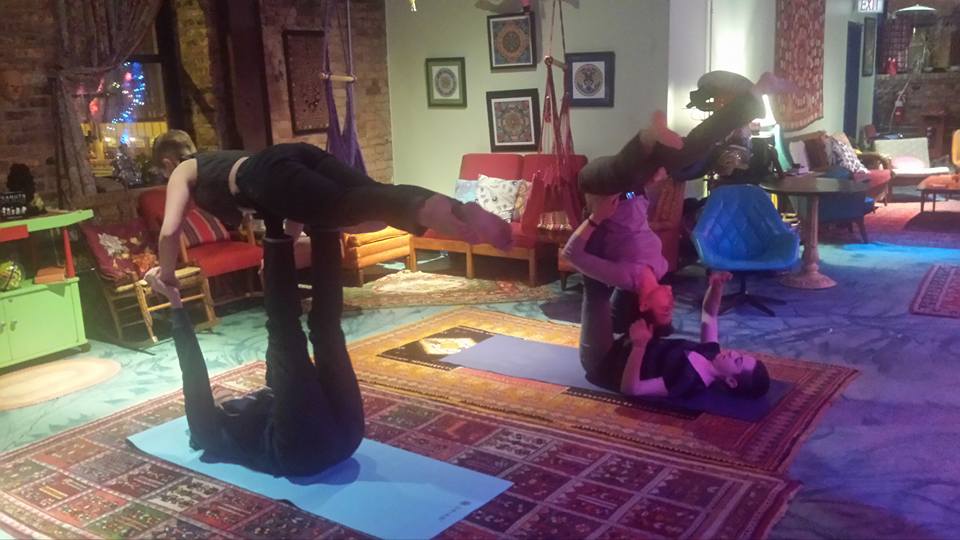My great friend and collaborator Jack Paterson and I are up to something this summer in London! For the second year in a row, I will join NoPassport Theatre Alliance in a global theatre action. Last year, I participated in After Orlando at Chicago's Pride Arts Center. The theatre action centered around the tragic massacre at Pulse Night Club, and was a powerful coming together of the theatre community in remembrance and activism. This year, our theatre action will focus our artistic efforts around the subject of Climate Change.
In the spirit our training, and a further desire to collaborate internationally, we invite you to join us either in person or virtually for our first international laboratory. This laboratory process will begin in London, August 2017.
At the conclusion of the London session, work generated will be utilized to inform a CCTA event in Chicago, Illinois, as well as anywhere in the world our collaborators may choose to participate in the movement. Read on for more information, and if you're interested in joining us please fill out the form at the bottom of this post!
London: The first phase in an international CCTA collaboration led by Denise Yvette Serna and Jack Paterson.
Artists and Directors will join together in a laboratory setting to
Workshop scripts from the CCTA Anthology
Create archival record of entire pieces or elements of pieces
Create and devise sensory elements that can be utilized by other artists at international CCTA events
Examine the potential of International Collaborative Creation & Presentation through technology
Explore the interaction between Technology and the Environment
Thought
If climate change is a global phenomenon affecting all without regard to region, race, or responsibility (though arguably, some regions of the world topographically suffer the effects more immediately than others), how can international collaboration bring relevance and dynamic conversation about the artist’s role in climate justice and civilian responsibility to the entirety of the population?
Action
Through creative use of technology to fuse international practice and aesthetic, our cohort will expand on the mission of No Passport and CCTA, creating a bridge between traditionally scripted and devised work inspired by climate change.
If you will be in London in August and would like to participate, please let us know and we will keep you up to date as we secure workshop space
If you will be in a different region, we invite you to do any of the following, and to also consider producing a CCTA in your region anytime between October 1 and November 18, 2017.
Choose elements of, or entire pieces from the anthology provided by The Arctic Cycle, and create a digital record of it. This can be images, sound files, musical composition, video, record of devised movement or choreography, puppet templates, translation - anything that is created in support or inspired by a text. Dream big here - it can be as simple as an audio recording of someone reading the script, to orchestrations of music made with garbage to underscore a text. Truly anything.
Upload archival record of these elements in a drive to be shared by laboratory participants.
Coordinate a conference call style collaboration between your work and the workshop in London, where international actors can devise alongside one another.
Create archival footage of entire pieces that can be showcased at the Chicago production of CCTA, and/or livestreamed on HowlRoundTv.
Organize a CCTA event in your region, and utilize the workshop and laboratory archive we create to inform, inspire, bolster your work.
We hope to foster a healthy collaborative spirit with our international colleagues, alumni and current students of E15, and our communities.
Additionally:
We invite you to join the Climate Change Theatre Action, from wherever in the world you are currently based. Please visit their website to learn more, register your participation, and obtain access to the anthology of scripts.











